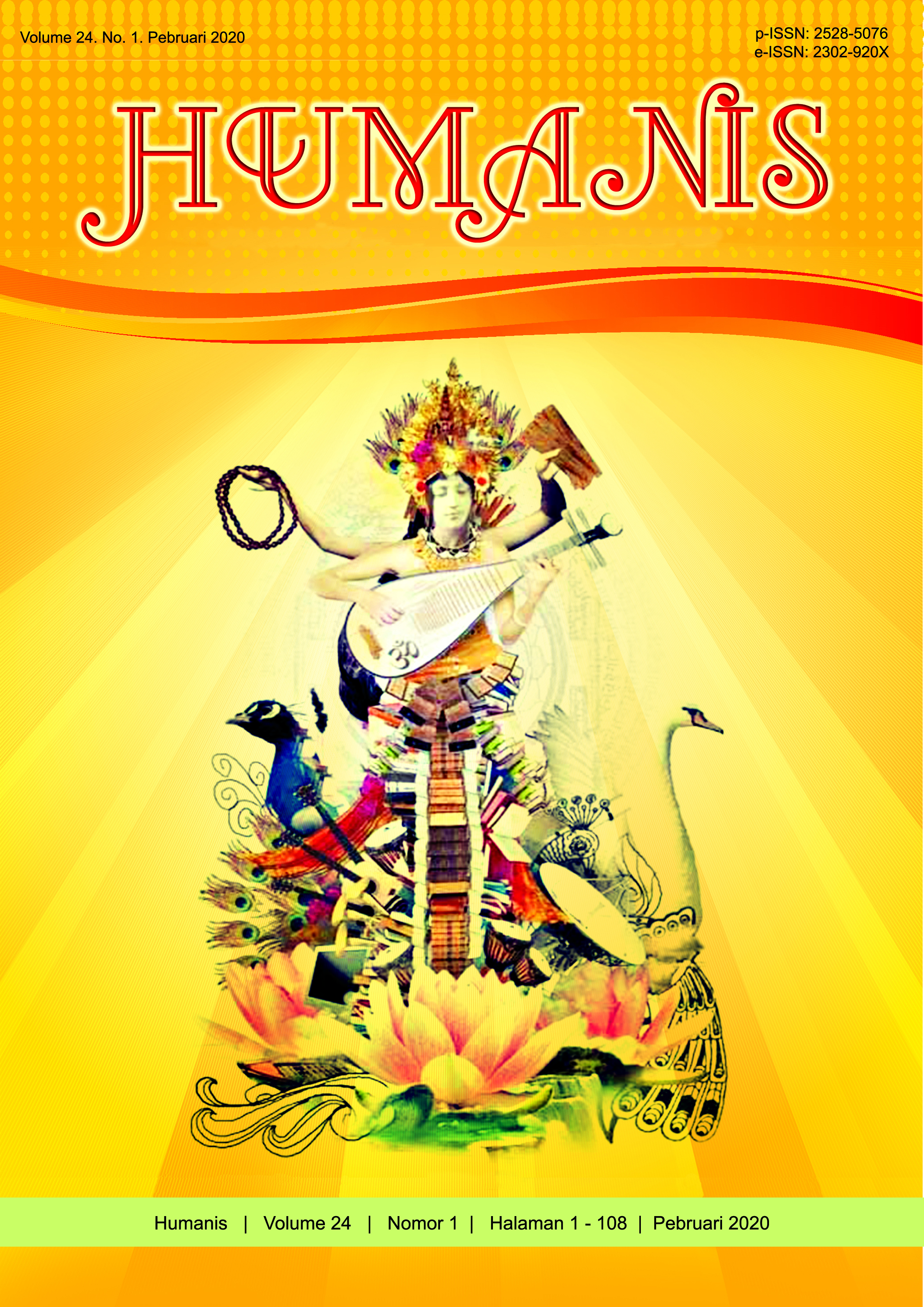Adaptasi Etnis Buton sebagai Petani Garam di Desa Tendakinde
Abstract
A human relationship to the environment is that humans must be able to choose whether to be passive towards or need to dominate the environment. In this case the element used in the research is the adaptation of the Buton community to become salt farmers. The location used as the research site was the village of Tendakinde, Wolowae Sub district, District of Nagekeo, East Nusa Tenggara Province. The problems include, (1) How is the adaptation of Buton ethnic to the coastal environment so that they succeed in becoming salt farmers? (2) What factors cause the Buton community to adapt to the environment of the Kaburea coast so that they become salt farmers? The aim was to find out the adaptation of Buton ethnic to the coastal environment so that they succeeded in becoming salt farmers as well as factors that caused Buton ethnic groups to settle and become salt farmers in Tendakinde village, Wolowae Sub-district, Nagekeo district until now. The concept of adaptation as a human survival strategy, the concept of salt farmers, a socio-economic concept. Thus the theory used by the theory of environmental adaptation was initiated by Khon Bennet in 1976, and the theory of environmental determinism was triggered by several figures, one of which was Julian Steward. The technique of data collection is by first determining the informant, environmental observation, as well as in-depth interviews and literature studies. This data was analyzed using descriptive approach in the form of written and oral words from people and observed behavior. The initial interaction was only aimed at selling caught fish and trading copra with a barter system and to replenish drinking water supplies, but because of the increased intensity of communication it develop into a close relationship. The interaction began in 1939 and continues to be maintained as a kinship legacy. After being acculturated with Toto culture, Buton ethnic groups were introduced to how to cultivate land for farming. The procedure for processing this field is one of the elements of indigenous ethnic Toto culture as a result of their adaptation to the environment that serves the livelihood. After acculturation, the Toto ethnic group was also introduced to the procedures for shipping and fishing. They began to learn how to catch fish using bubu, knew how to read the direction when sailing using the location of star signs, as well as many new things related to the sea. Knowledge of processing the salt they obtained while sailing, finally practicing it in the village of Kaburea and ethnic Buton also managed to become salt farmers. One of the factors that influence the adaptation of Buton ethnic as salt farmers in Kaburea are environmental factors and family economic factors and socio-cultural community.


















